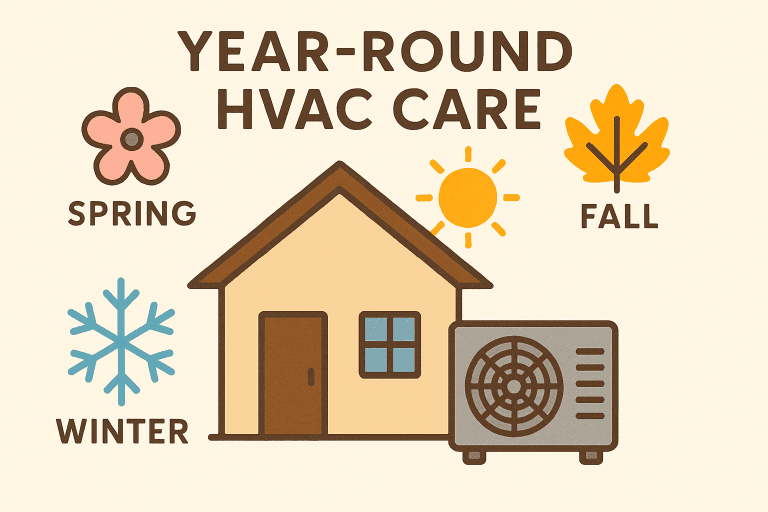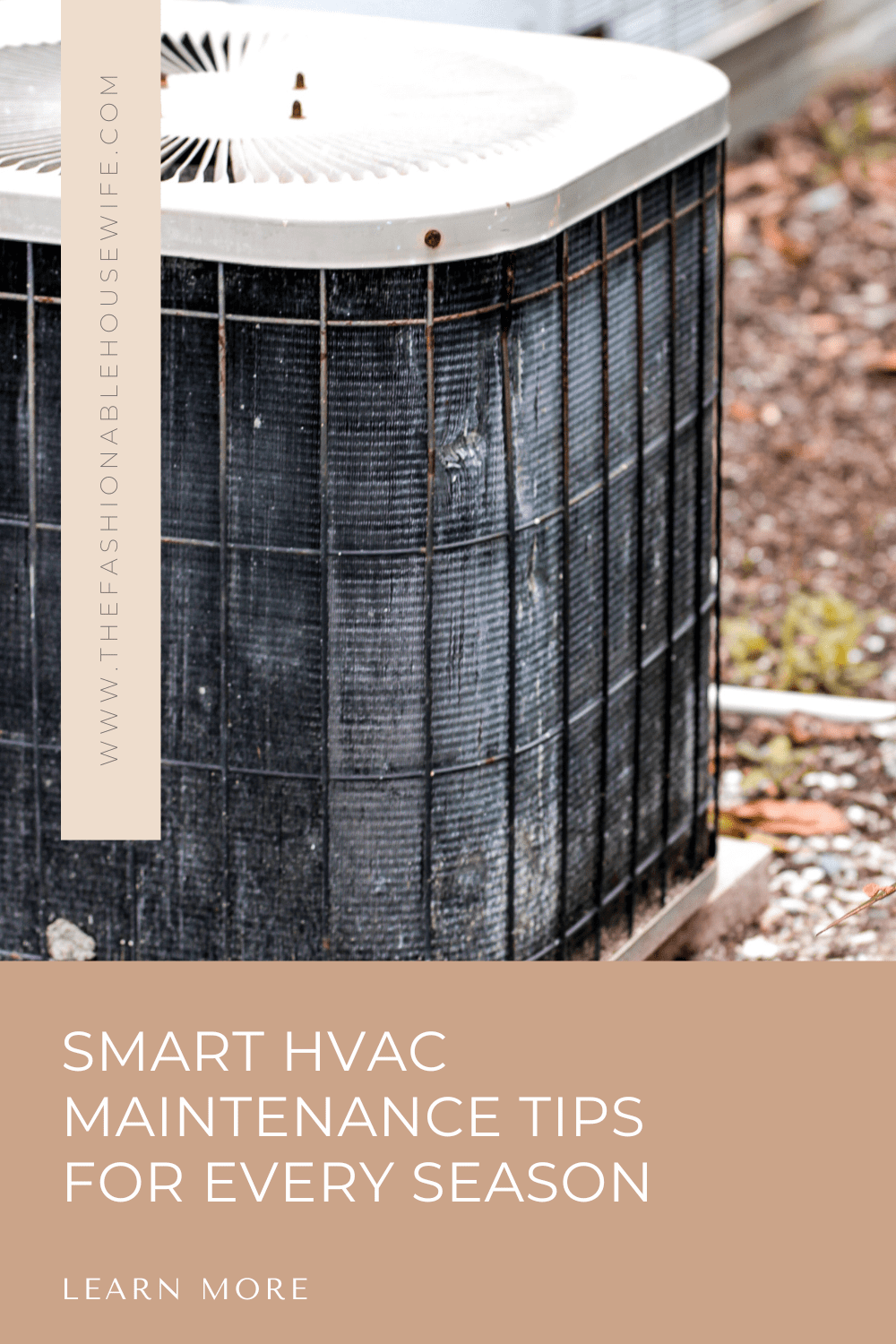Smart HVAC Maintenance Tips for Every Season

Key Takeaways
- Consistent HVAC maintenance maximizes system efficiency and lifespan.
- Each season presents unique maintenance requirements for optimal operation.
- Professional inspections uncover hidden issues that DIY maintenance can miss.
Table of Contents
- Introduction
- Spring Maintenance
- Summer Maintenance
- Fall Maintenance
- Winter Maintenance
- The Importance of Professional Inspections
- Leveraging Smart Thermostats
- Enhancing Energy Efficiency
- Conclusion
Introduction
Maintaining your HVAC system with the changing seasons is essential for keeping your home comfortable and energy-efficient. Every season brings its own maintenance needs, making it necessary to stay proactive and address issues before they escalate. Luckily, homeowners have access to a variety of options when it comes to professional support and maintenance plans tailored to each season’s unique demands.
By following strategic maintenance routines and being mindful of seasonal changes, you can ensure optimal airflow, avoid system breakdowns, and even save on energy bills year-round. Regular attention to your HVAC system improves its lifespan and enhances indoor air quality and overall comfort for your family. For those unsure about where to start, engaging with experts in HVAC care can streamline the process and ensure nothing important is overlooked.
Employing do-it-yourself strategies and professional checkups is a comprehensive approach to HVAC care. Focusing on regular filter replacements, system inspections, and innovative technology can make year-round maintenance manageable and effective, even for those new to HVAC upkeep.
To further supplement your knowledge, reference guides from authoritative sites such as the Department of Energy offer excellent step-by-step instructions for HVAC maintenance.
Spring Maintenance
As winter moves into spring, your HVAC system transitions from heating to cooling. This shift is the perfect time to replace dirty air filters, improve air quality, and ensure that your cooling system operates at peak efficiency. Debris such as leaves and twigs can accumulate around outdoor units, so keeping this area clean is crucial for unobstructed airflow.
Scheduling a professional tune-up at the start of spring can make a significant difference by catching problems before the heavy summer usage begins. According to Consumer Reports, regular maintenance can also help prevent unnecessary repairs and sudden system failures.

Summer Maintenance
Summer heat puts the highest demand on your air conditioning, so it’s important to keep filters clean and ensure your thermostat is set properly. Using programmable settings or a smart thermostat can help balance comfort and efficiency, cooling your home only when needed. Don’t forget to remove any new growth or objects that could block your outdoor unit.
If your system is working overtime, monthly filter checks are essential. This habit reduces strain on the unit, keeps energy costs in check, and preserves indoor air quality for everyone at home.
Fall Maintenance
Fall is the time to switch focus back to heating. Replace filters again, clean supply and return vents, and inspect your ductwork for any leaks or blockages. Test your heating function before cold weather arrives—in case repairs or adjustments are needed.
Annual servicing by a professional is highly recommended, as technicians can identify hidden concerns like faulty heat exchangers or worn components before winter takes hold. The New York Times Wirecutter highlights the importance of these seasonal checks to boosting efficiency and safety.
Winter Maintenance
During the winter months, stay vigilant for unusual noises, sudden loss of heat, or dramatic changes in energy consumption. Keep heating vents unblocked by furniture or rugs to support even heat circulation. Changing filters every few months keeps your system from overworking—and keeps your indoor air fresh.
Monitoring your system’s performance will allow you to quickly catch and address minor issues, preventing setbacks during the coldest months.
The Importance of Professional Inspections
Professional inspections go beyond what most homeowners can do, catching emerging issues before they become costly repairs or efficiency problems. Technicians check refrigerant levels, electrical connections, burner and heat exchanger condition, and other critical system elements. This ensures your HVAC operates both safely and efficiently year-round.
Scheduling annual or semi-annual visits protects your investment and brings peace of mind that your home stays comfortable no matter the season.
Leveraging Smart Thermostats
Smart thermostats are transforming how homeowners manage comfort and energy costs. These devices can adapt to your family’s schedule and automatically adjust for savings when you’re away. Over time, they help you reduce your carbon footprint and improve energy efficiency with minimal effort.
Many smart thermostats also provide data on energy consumption, empowering homeowners to make informed decisions and further fine-tune their HVAC systems.
Enhancing Energy Efficiency
Increasing your HVAC efficiency isn’t just about regular maintenance—it’s also about optimizing your home. Sealing leaks around doors and windows helps retain conditioned air, lightening the HVAC system’s workload. Using ceiling fans and managing your window coverings to block or let in the sun as needed are small changes that can significantly impact comfort and your monthly utility bill.
Attention to these details ensures you get the most from your yearly heating and cooling investment.
Conclusion
Consistent, tailored HVAC maintenance is a year-round commitment that pays off in reliability, efficiency, and comfort. By blending seasonal do-it-yourself tips with trusted professional expertise and modern technologies, homeowners can protect their HVAC investment and guarantee a welcoming indoor environment in any season.

